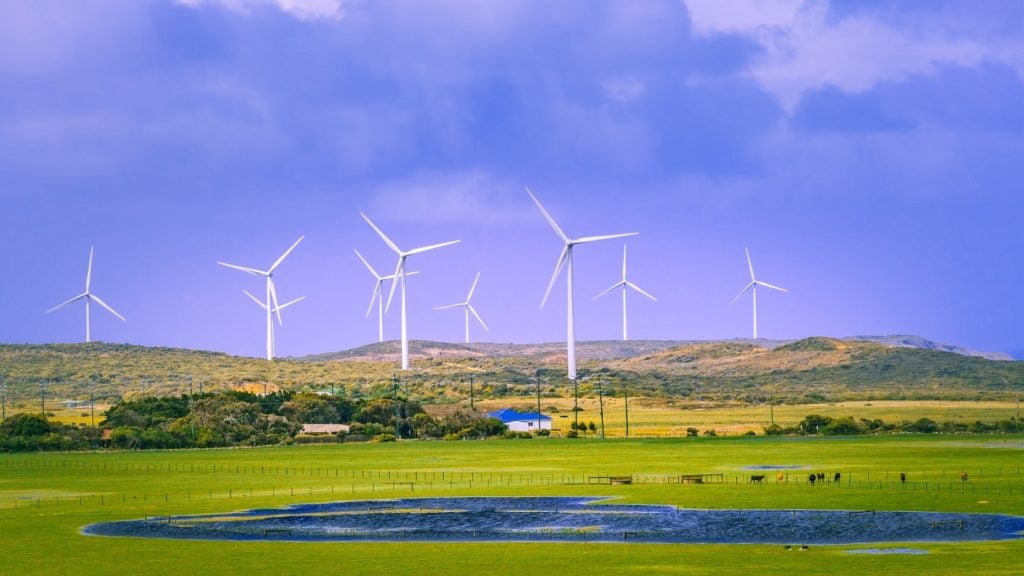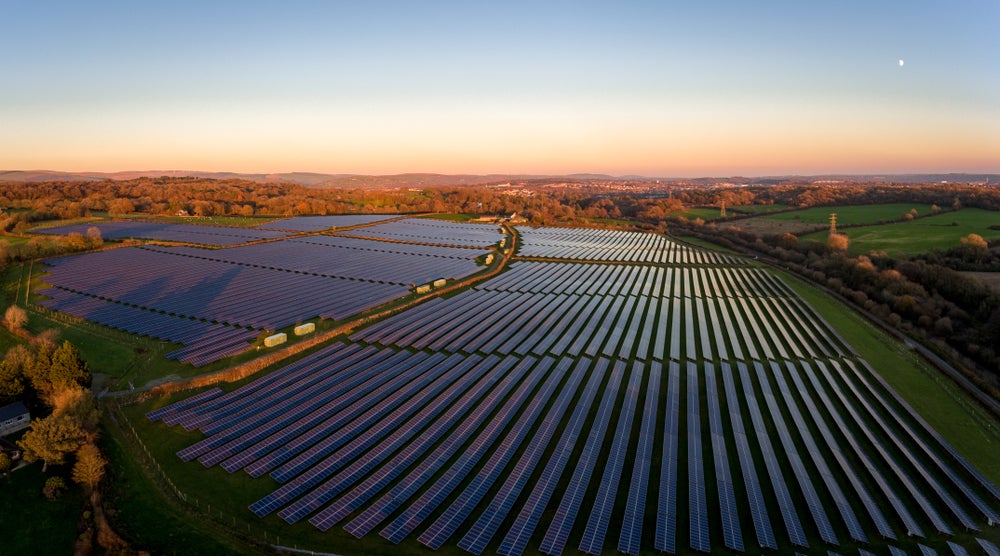
On 12 October 2017, the UK Government launched its Clean Growth Strategy to help the country reach its long term carbon reduction goals. The initiative provides a plan for meeting the fourth and fifth carbon budget targets, which will cover the 2023-2027 and 2028-2032 periods respectively. These figures are the key milestones set in the Climate Change Act 2008 which has the overall goal of reducing CO2 emissions by 90% over 1990 levels by 2050.
The long awaited Clean Growth Strategy was met with mixed responses, with some applauding robust initiatives to improve energy efficient homes while others have said it falls short on detail. The 164 page strategy includes 50 policies and plans, covering topics such as carbon capture and storage (CCS), offshore wind and electric vehicles (EVs). From 2015 to 2021, £2.5bn will be spent on low-carbon innovations to pave the way to carbon reduction.
But despite the strategy providing a positive step forward, many are concerned it is still not enough to meet the carbon targets. Here, in this industry roundtable, we hear from Gareth Redmond-King, head of energy and climate at WWF, Jonathan Wills, CEO of the Energy Technologies Institute, and Louise Kingham, CEO of the Energy Institute, who discuss their reactions to the Clean Growth Strategy.
Molly Lempriere (ML): How important was the announcement of the Clean Growth Strategy?
Gareth Redmond-King (GRK): Very. We’d been waiting for it for quite a while and the government was long overdue setting out plans for meeting the UK’s carbon budgets.
Jonathan Wills (JW): It is a strategy that encompasses many government departments for the first time and this increases the likelihood of a coherent approach.
Louise Kingham (LK): Previous to this, it’s not unfair to say that energy and climate policy had been on ice for the best part of a year. After a decade of tremendous progress in decarbonisation in the power sector, investor confidence has also chilled. Investment in clean energy plunged in the first quarter of 2017 to around $1bn, the lowest since 2010.
How well do you really know your competitors?
Access the most comprehensive Company Profiles on the market, powered by GlobalData. Save hours of research. Gain competitive edge.

Thank you!
Your download email will arrive shortly
Not ready to buy yet? Download a free sample
We are confident about the unique quality of our Company Profiles. However, we want you to make the most beneficial decision for your business, so we offer a free sample that you can download by submitting the below form
By GlobalDataA stable, no-surprises government policy is critical to boosting investor confidence in specific technologies and the energy system as a whole, in particular as we continue the shift to low-carbon. As such, it was encouraging to see the publication of the strategy.
ML: What are the strongest parts of the strategy?
JW: The breadth of the strategy is to be applauded. Our research shows that the UK needs a blended/balanced mix of technologies to meet climate targets cost-effectively, so an approach that looks across the whole energy system is welcomed.
LK: I think the commitment to taking energy efficiency seriously in homes, businesses and industry must be applauded. This will help to cut the UK’s emissions, bring down bills and increase productivity more effectively than anything else.
We also welcome the decision to put CCS back on the table, as well as action to tackle emissions from heat, and to accelerate the shift to low-carbon transport. All these actions help to add considerable credibility to the strategy.
GRK: It was also encouraging – as it was with the Industrial Strategy – to see more about the government’s commitment to supporting electric vehicles to start making inroads in cutting emissions from transport. And on power, it was very welcome to see another half a billion pounds being committed for future auctions for offshore wind.
ML: What are the weakest points of the Clean Growth Strategy?
GRK: The lack of detail to underpin the tone and ambition. It’s not at all clear how we’re going to ramp-up efforts to decarbonise our homes. It also remains a mystery, given commitment to EVs, and given strong market signals, as to why the UK is happy to allow sales of petrol and diesel vehicles for another 23 years.
LK: Despite the ambitious list of proposals in the strategy, it will still result in a cumulative shortfall of 60 million tonnes of carbon dioxide equivalent against this target.
I’ve been making the case to our partners across the sector that this must be seen as an opportunity. Ministers are moving in the right direction and it is up to industry to provide practicable solutions to help them fill in the gaps.
JW: A lot of commentators have pointed out a lack of detail – but we must remember this is a strategy – a framework for action. Overall, the strategy is wide-ranging and ambitious in nature, and this has to be good news. Opinion will vary and some will always claim it could be better, but it is unfair to be overly critical when it has not yet been implemented.
ML: Should more be being done by the government? And if so, what?
JW: The government has an important role to play. It needs to set the market parameters, but cannot deliver in isolation. Industry and academia also need to play their part. We are not short of innovative ideas, but most need investment to get the cost of deployment down.
One role of the government is to provide financial support; a second is to provide frameworks to operate within. This strategy appears to offer both. Political consistency is fundamental, however, if investment is to flow over the twenty to thirty years of change ahead of us.
GRK: Increasing numbers of countries are committing to phase-out sales of petrol and diesel cars during the 2020s, or by 2030; Scotland has committed to ending sales in 2032. We strongly believe the UK should up our ambition on EVs and bring the target forward from 2040 to 2030.
LK: Government must ensure that this strategy is implemented in a timely manner and must join up the dots with other key government policies, such as the Industrial Strategy.
Alongside this we must not ignore Brexit, which has real and present implications for the energy sector.
ML: If you could choose one area that needs the greatest investment and development, which would it be?
LK: Energy and wider resource efficiency – no doubt about it. If the UK Government is serious about improving productivity, then tackling energy efficiency is a no brainer.
Energy efficiency is the lowest hanging fruit, but it’s always been the neglected Cinderella of energy policy. Energy Institute members don’t only see it as a priority for meeting emissions targets; they also rate it as lowest risk in terms of investment and believe it offers the biggest opportunity for the UK’s future economy.
GRK: Decarbonising our buildings quickly through energy efficiency measures to cut our energy use, so that we can make progress soon on implementing a long-term solution to decarbonising heat.
JW: We have previously identified renewables, CCS, bioenergy, new nuclear, gaseous fuels and efficiency in buildings and transport as the key development areas for the UK to pursue low-carbon at least cost. All are covered to a certain extent in the strategy but, for us, the most important to accelerate is CCS. It is a ‘no regrets’ choice for a low-carbon future energy system.
ML: What is your final verdict?
JW: For a long time people have been calling for certainty to government policy. This is a detailed piece of work spanning a number of government departments, backed with R&D investment. It will not please everyone but nothing ever does.
The country’s challenge over the next ten years is not to seek radical silver bullets to decarbonisation but rather the development, deployment and commercialisation of known but currently under developed low-carbon technologies.
GRK: Strong on tone and ambition – the government sounds as though it wants the UK to continue to lead internationally on climate change. Weak on detail and plans for delivery. It’s left me hopeful, but more than a little anxious.
We need to engage more and more people on communicating the importance of taking climate action. We need to up the pressure and make it clear to the government that it’s important to people that they deliver on this strategy.
LK: For all the criticisms, some warranted, some not, the UK Government cannot meet the UK’s ambitious climate change targets alone. The sector needs to step up to the plate and I know that Energy Institute members are primed and ready to bring their skills to bear and be at the heart of the transition.






